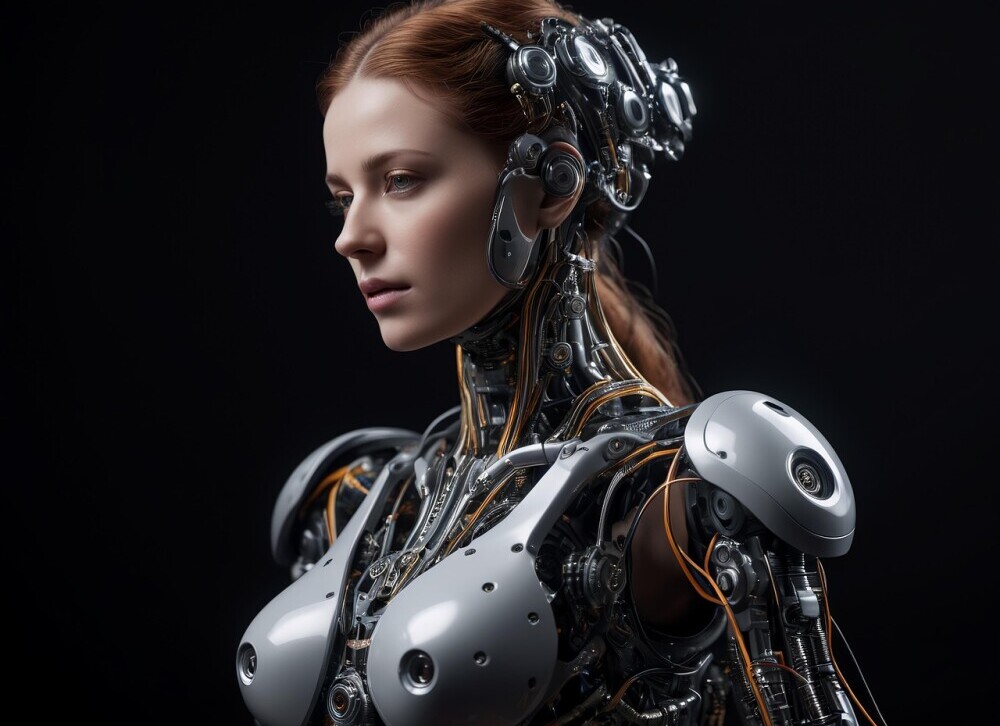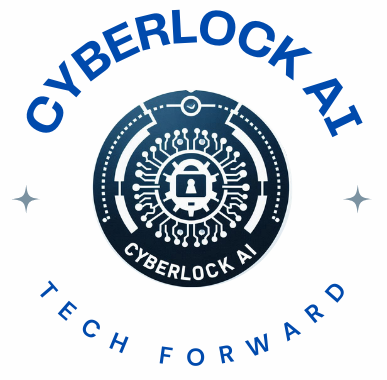 AI and robotics aren’t just buzzwords anymore. They’re shaking things up right in our daily lives. Think about how far we’ve come from robots being fantasy things up to actual machines that can do everyday tasks. It’s wild, right? Companies like Boston Dynamics are at the forefront, turning science fiction into reality, and making real robots that can walk, dance, and even jump!
AI and robotics aren’t just buzzwords anymore. They’re shaking things up right in our daily lives. Think about how far we’ve come from robots being fantasy things up to actual machines that can do everyday tasks. It’s wild, right? Companies like Boston Dynamics are at the forefront, turning science fiction into reality, and making real robots that can walk, dance, and even jump!
Tesla’s no slouch, either. They’re digging into robotics too, especially with their new humanoid robot, Optimus. Imagine a world where robots are no longer confined to factory floors but are in homes, streets, or offices. That’s what these companies are working toward. They see a future where robots make our lives easier in ways we can’t even imagine yet.
But hey, it’s more than just making life convenient. These bots are boosting efficiency on a huge scale. Think of them as the next big upgrade across industries in terms of productivity and innovation. AI-powered robotics are helping get things done faster, more safely, and efficiently.
Real-world applications of AI-powered robots are popping up everywhere, moving beyond manufacturing lines and entering logistics and even healthcare. The impact goes beyond convenience to shaping global efficiencies in entirely new ways. It’s not just about having a robot take out the trash but revolutionizing how entire sectors operate.
Actors Leading the Charge: Boston Dynamics and Tesla
Boston Dynamics is a big name in robotics, famous for creating machines that move with almost perfect precision. Whether you’ve seen their videos of walking robots or the ones that can do gymnastics, it’s clear they’re not playing around. Their robots are revolutionizing fields from construction to logistics, showing what cutting-edge tech can do.
Tesla’s entry into the world of robotics with the humanoid Optimus is another big step. They’re not just about electric cars anymore; their vision includes having robots handling tasks that are dull, dirty, or dangerous for humans. It’s this kind of bold thinking that pushes the industry forward.
But it’s not just about having cool toys—collaboration is key. Tech giants like Boston Dynamics and Tesla are teaming up with other innovators to tackle huge challenges. It’s about pooling resources and sharing insights to break new ground in AI and robotics.
Of course, it’s not always smooth sailing. These industry leaders face obstacles and need to overcome technical glitches and ethical concerns. Yet, their ability to adapt and innovate keeps them at the forefront of robotics development, continually pushing the boundaries and setting new standards.
Transformative Applications: Robots Beyond Manufacturing
Robotic tech is branching out far beyond its roots in manufacturing, where it started. Take AI-driven warehouse automation, for example. With robots picking, packing, and sorting goods, logistics and supply chains are becoming lightning-fast. Companies are leveraging AI to streamline processes, reducing errors, and cutting costs in ways we haven’t seen before.
Logistics isn’t the end of the story. These robots are diving into areas like delivery, where they’re transforming how we receive goods and services. Imagine getting your food or online order delivered by a robot! It’s happening, and it’s more efficient and reliable.
Robots are also making moves in healthcare, assisting surgeons, helping with rehabilitation, and even managing hospital logistics. These innovations are not just about tech prowess but improving patient outcomes and reducing fatigue among healthcare professionals.
But with all this power and possibility, we’ve got to keep ethical considerations front and center. The widespread use of AI and robots means grappling with issues around privacy, security, and job impacts. The road ahead requires thoughtful planning and policies that accommodate these new capabilities while addressing potential risks and the broader implications for society.
Towards a New Era: The Future of AI-Powered Physical Labor
The future of AI in labor paints a fascinating picture. As AI-powered robots become more integrated into everyday tasks, the landscape of work as we know it could drastically change. While some jobs might become obsolete, whole new fields and opportunities are likely to emerge, tailored to designing, maintaining, and collaborating with these technological wonders.
Automation has always sparked debates about job security, but the key here lies in adaptation. People will need to learn new skills to stay valuable in an AI-enhanced job market. Embracing a mindset of lifelong learning and flexibility will be vital as we move forward in this tech-driven era.
Governments and organizations play a crucial role in shaping policies that support the workforce amidst these changes. It’s about creating safety nets that ensure no one is left behind while promoting innovation and progress.
Picture a future where humans and robots work side by side, each complementing the other’s strengths. Humans bring creativity and empathy to the table, while robots handle repetitive or hazardous tasks. This vision of collaboration aligns with a future where technology isn’t a threat but a partner in achieving greater efficiency and success across industries.
